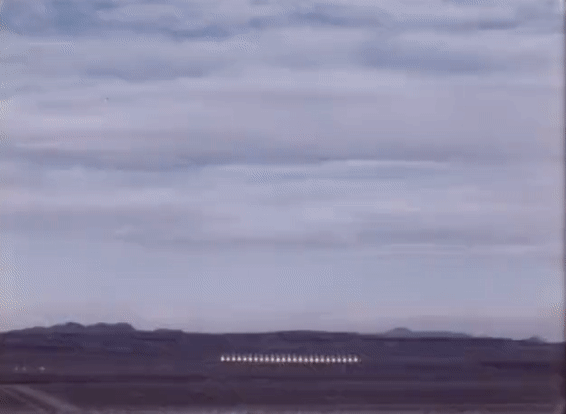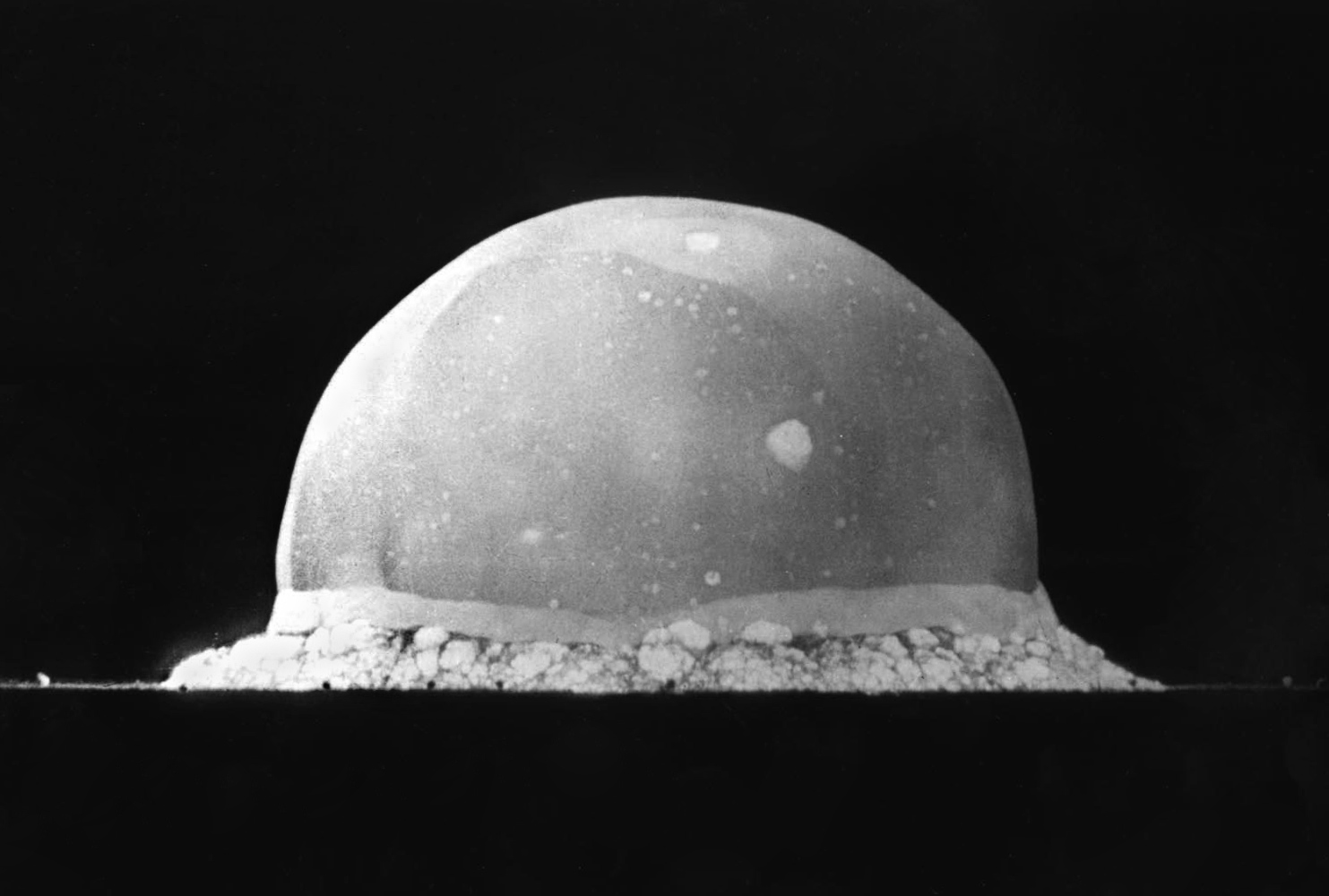|
W65 (nuclear Warhead)
The W65 was the Lawrence Livermore Lab's competitor for the warhead of the Sprint anti-ballistic missile. Development of the W65 started in October 1965 and was terminated in January 1968 in favor of the Los Alamos W66 design. The W65 was an "enhanced radiation" weapon whose kill mechanism was the neutron flux The neutron flux is a scalar quantity used in nuclear physics and nuclear reactor physics. It is the total distance travelled by all free neutrons per unit time and volume. Equivalently, it can be defined as the number of neutrons travelling .... References * Hansen, Chuck,Swords of Armageddon (CD-ROM & download available). PDF. 2,600 pages, Sunnyvale, California, Chucklea Publications, 1995, 2007. (2nd Ed.) Nuclear warheads of the United States {{Nuclear-weapon-stub ... [...More Info...] [...Related Items...] OR: [Wikipedia] [Google] [Baidu] |
Lawrence Livermore National Laboratory
Lawrence Livermore National Laboratory (LLNL) is a Federally funded research and development centers, federally funded research and development center in Livermore, California, United States. Originally established in 1952, the laboratory now is sponsored by the United States Department of Energy and administered privately by Lawrence Livermore National Security, LLC. The lab was originally established as the University of California Radiation Laboratory, Livermore Branch in 1952 in response to the detonation of the Soviet Union's first atomic bomb during the Cold War. It later became autonomous in 1971 and was designated a national laboratory in 1981. Lawrence Livermore Lab is primarily funded by the United States Department of Energy, U.S. Department of Energy and it is managed Privately held company, privately and operated by Lawrence Livermore National Security, LLC (a Public-private partnerships in the United States, partnership of the University of California, Bechtel, BW ... [...More Info...] [...Related Items...] OR: [Wikipedia] [Google] [Baidu] |
Sprint (missile)
The Sprint was a two-stage, solid-fuel anti-ballistic missile (ABM), armed with a W66 enhanced-radiation thermonuclear warhead used by the United States Army during 1975–76. It was designed to intercept incoming reentry vehicles (RV) after they had descended below an altitude of about , where the thickening air stripped away any decoys or radar reflectors and exposed the RV to observation by radar. As the RV would be traveling at about , Sprint needed to have phenomenal performance to achieve an interception in the few seconds before the RV reached its target. Sprint accelerated at 100 ''g'', reaching a speed of in 5 seconds. Such a high velocity at relatively low altitudes created skin temperatures up to , requiring an ablative shield to dissipate the heat. The high temperature caused a plasma to form around the missile, requiring extremely powerful radio signals to reach it for guidance. The missile glowed bright white as it flew. Sprint was the centerpiece of the Nik ... [...More Info...] [...Related Items...] OR: [Wikipedia] [Google] [Baidu] |
Los Alamos National Laboratory
Los Alamos National Laboratory (often shortened as Los Alamos and LANL) is one of the sixteen research and development Laboratory, laboratories of the United States Department of Energy National Laboratories, United States Department of Energy (DOE), located a short distance northwest of Santa Fe, New Mexico, in the Southwestern United States, American southwest. Best known for its central role in helping develop the First Atomic bomb, first atomic bomb, LANL is one of the world's largest and most advanced scientific institutions. Los Alamos was established in 1943 as Project Y, a top-secret site for designing nuclear weapons under the Manhattan Project during World War II.The site was variously called Los Alamos Laboratory and Los Alamos Scientific Laboratory. Chosen for its remote yet relatively accessible location, it served as the main hub for conducting and coordinating nuclear research, bringing together some of the world's most famous scientists, among them numerous Nobel ... [...More Info...] [...Related Items...] OR: [Wikipedia] [Google] [Baidu] |
W66 (nuclear Warhead)
The W66 thermonuclear warhead was used on the Sprint anti-ballistic missile system, designed to be a short-range interceptor to shoot down incoming ICBM warheads. The W66 had a yield of and was an enhanced radiation ("neutron") weapon. The W66 was in diameter and long, with a weight of approximately . The weapon was a two-stage design. The W66 was based on the ''Arrow'' warhead design and by December 1966 had undergone six nuclear tests. See also * List of nuclear weapons * LIM-49A Spartan * Safeguard Program The Safeguard Program was a U.S. Army anti-ballistic missile (ABM) system designed to protect the U.S. Air Force's Minuteman ICBM silos from attack, thus preserving the US's nuclear deterrent fleet. It was intended primarily to protect against ... References Nuclear warheads of the United States Military equipment introduced in the 1970s {{nuclear-weapon-stub ... [...More Info...] [...Related Items...] OR: [Wikipedia] [Google] [Baidu] |
Neutron Bomb
A neutron bomb, officially defined as a type of enhanced radiation weapon (ERW), is a low-yield thermonuclear weapon designed to maximize lethal neutron radiation in the immediate vicinity of the blast while minimizing the physical power of the blast itself. The neutron release generated by a nuclear fusion reaction is intentionally allowed to escape the weapon, rather than being absorbed by its other components. The neutron burst, which is used as the primary destructive action of the warhead, is able to penetrate enemy armor more effectively than a conventional warhead, thus making it more lethal as a tactical weapon. The concept was originally developed by the United States in the late 1950s and early 1960s. It was seen as a "cleaner" bomb for use against massed Soviet armored divisions. As these would be used over allied nations, notably West Germany, the reduced blast damage was seen as an important advantage. During the Cold War, China also developed a neutron bomb but refra ... [...More Info...] [...Related Items...] OR: [Wikipedia] [Google] [Baidu] |
Neutron Flux
The neutron flux is a scalar quantity used in nuclear physics and nuclear reactor physics. It is the total distance travelled by all free neutrons per unit time and volume. Equivalently, it can be defined as the number of neutrons travelling through a small sphere of radius R in a time interval, divided by a maximal cross section of the sphere (the great disk area, \pi R^2) and by the duration of the time interval. The dimension of neutron flux is \mathsf^\mathsf^ and the usual unit is cm−2s−1 (reciprocal square centimetre times reciprocal second). The neutron fluence is defined as the neutron flux integrated over a certain time period. So its dimension is \mathsf^ and its usual unit is cm−2 (reciprocal square centimetre). An older term used instead of cm−2 was "n.v.t." (neutrons, velocity, time). Natural neutron flux Neutron flux in asymptotic giant branch stars and in supernovae is responsible for most of the natural nucleosynthesis producing elements heavier th ... [...More Info...] [...Related Items...] OR: [Wikipedia] [Google] [Baidu] |


